Hydrangeas were originally born in Japan and have widely been spread and enjoyed in Europe and the United States while been improved. So in June, during the rainy season in Japan, you’ll often see these flowers in the town. Since there are some best spots for the flowers’ viewing in Tokyo, I’d like to introduce you some of them today.
On June 29th, I visited three places to enjoy Hydrangeas; Hakusan Shrine and Rikugien in Bunkyo Ward, and Asukayama Park in Kita Ward. They are all related to Edo period(1603-1868) when people enjoyed the most stable and peaceful time before the modernization.
Hakusan Shrine is a relatively small but has a long history and was protected by the powers that be. It was originally found in 948 in Hongo area, as a branch shrine of Hakusan Shrine in Ishikawa prefecture. Hakusan is the name of an active volcano stretching over Ishikawa and Gifu and has been the object of worship.
In 1337, it was designated as an important facility for praying national peace by Takauji Ashikaga, a Shogun of Muromachi period.(Shogun is the head of the military government.)
In 1616, the shrine was moved to Koishikawa area by the order of Hidetada Tokugawa, the 2nd Shogun of Edo period. However, since the area was given to the 4th Shogun Ietsuna Tokugawa, the shrine was finally moved to the current place in 1655. Then, the 5th Shogun Tsunayoshi Tokugawa and his birth mother Keishoin deeply believed in the divines of the shrine and it became the tutelary deity of the area.
Every year in June, 3000 hydrangea flowers fully bloom in the shrine’s ground and Hakusan Park, which was once located in the precinct of the shrine and is now located behind the shrine. Hakusan Park is the oldest park in Bunkyo area, and with the shrine, it’s the venue for Hydrangea festival every year, which is one of the five big flower festivals in the ward.
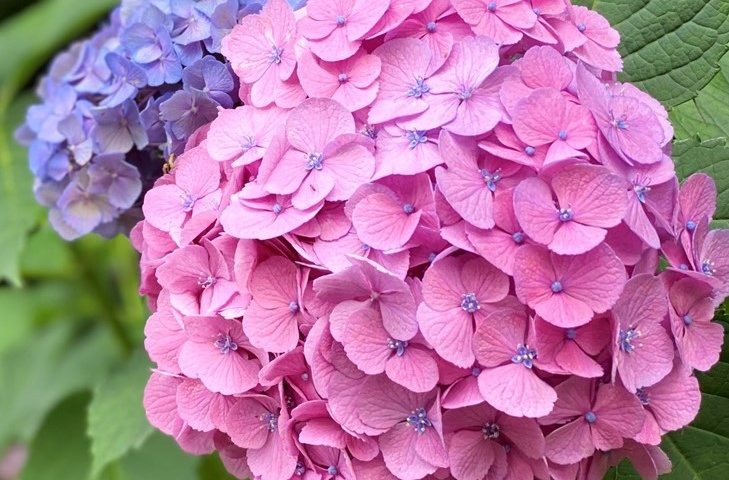
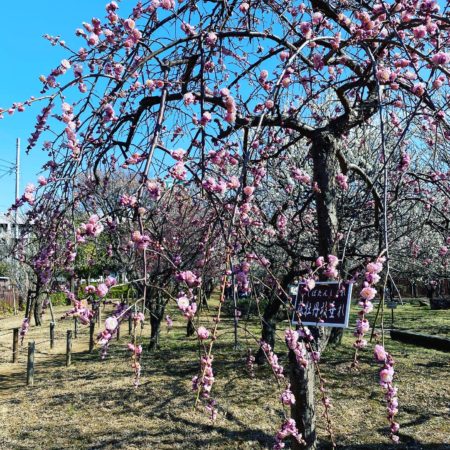
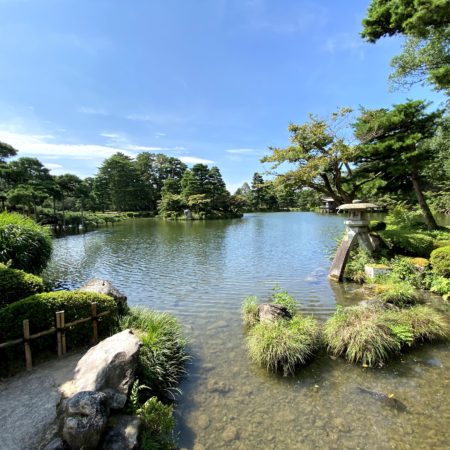

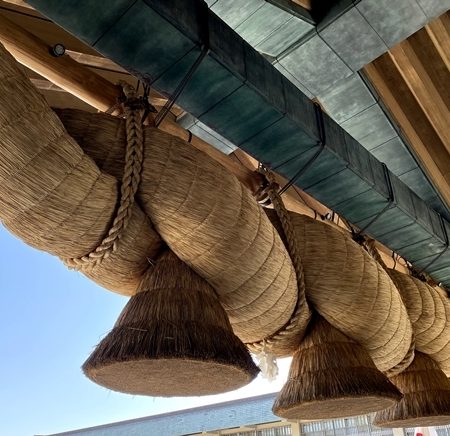
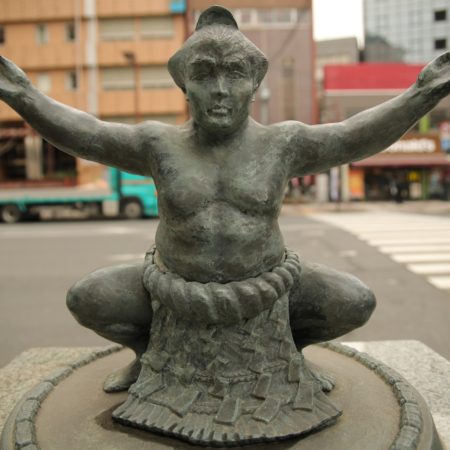
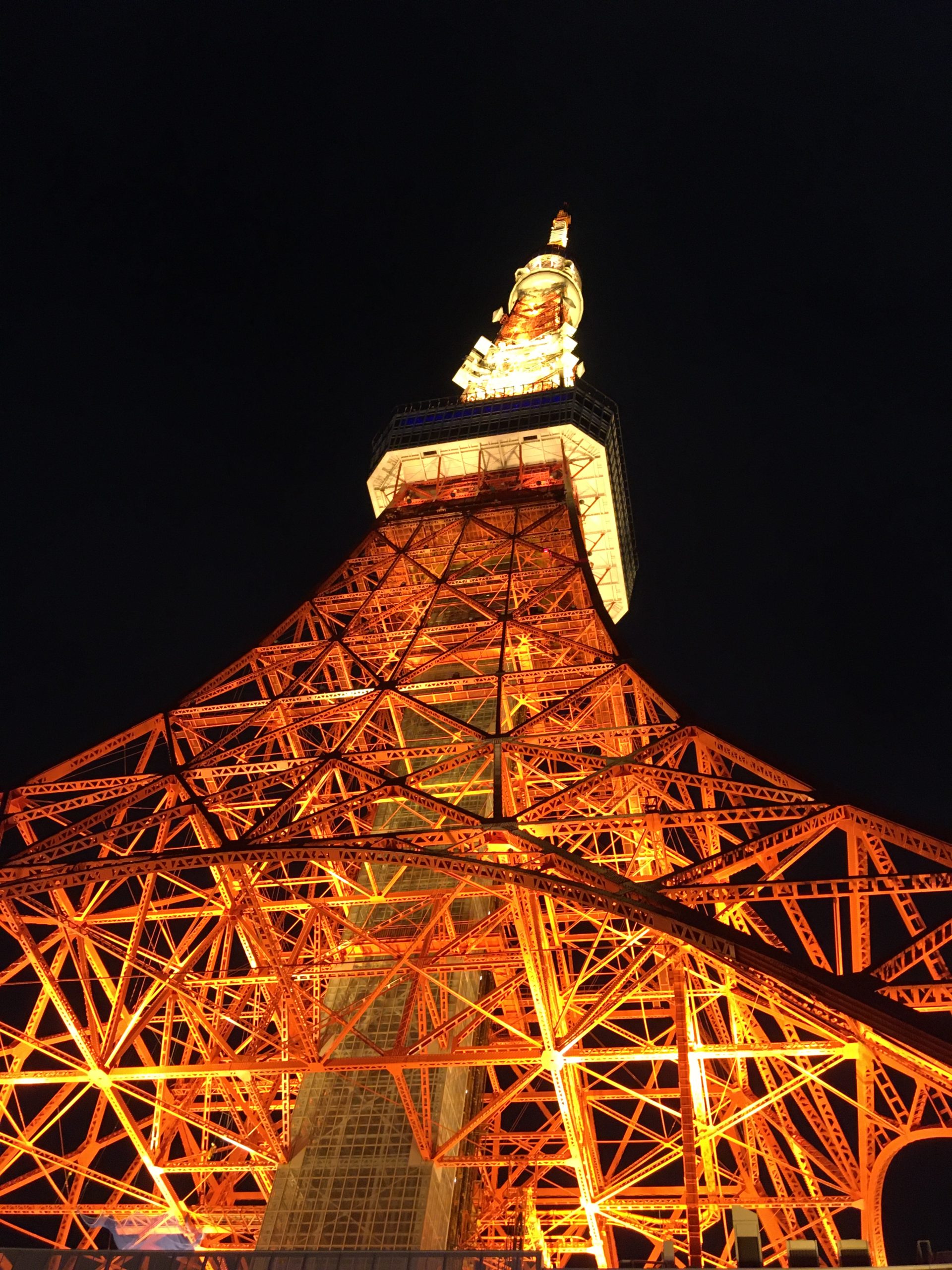
Comment